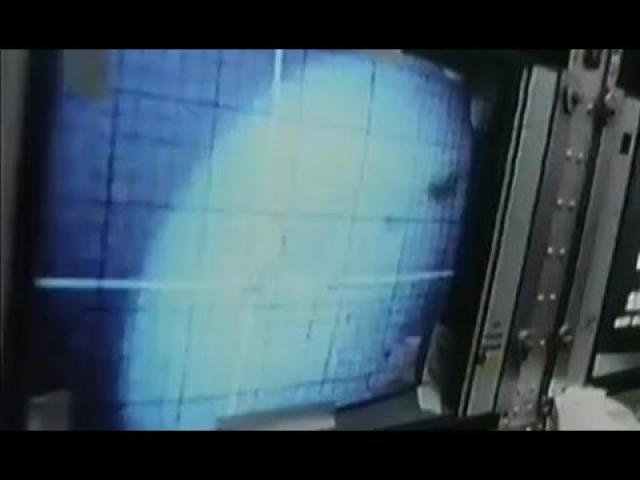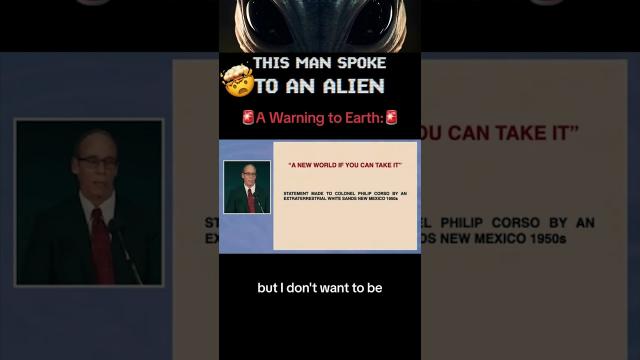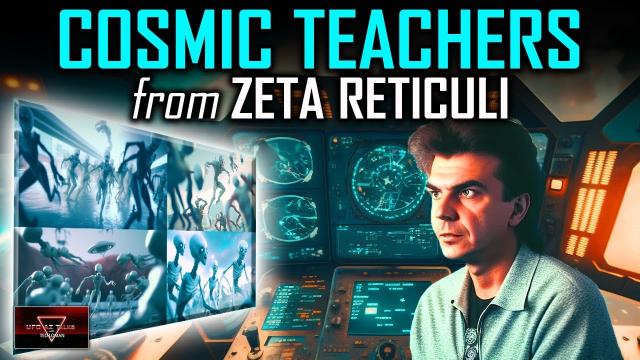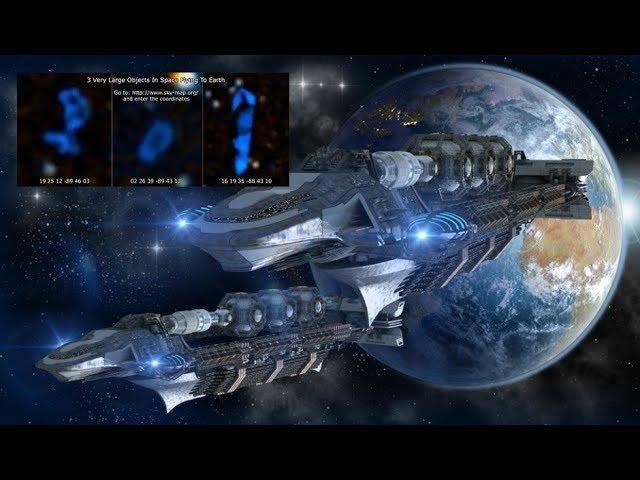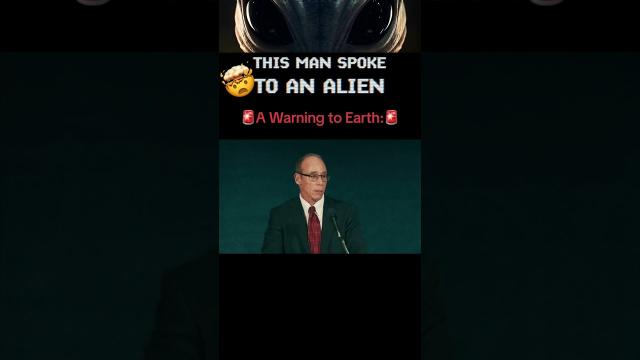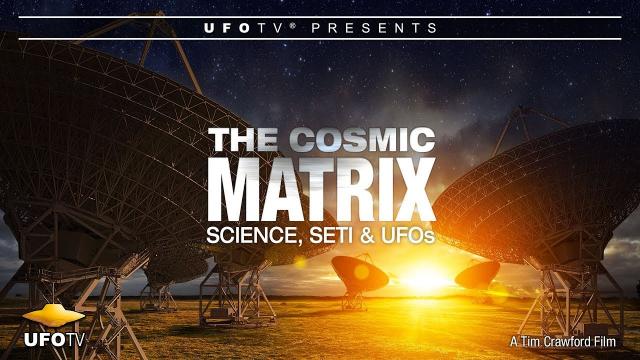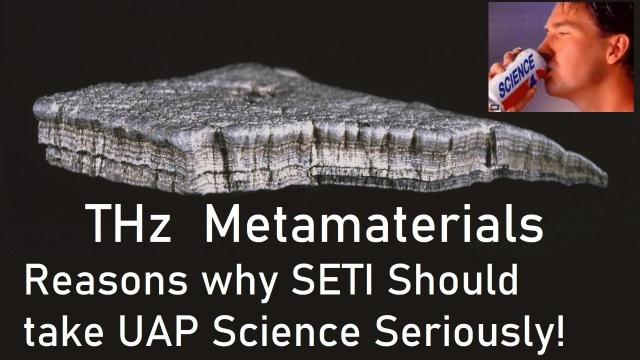SETI Talks - UAPs: Are they worth scientific attention?
Description
In June of this year, an unclassified version of the U.S. Department of Defense released its preliminary report on unidentified aerial phenomena (UAP). The report cataloged and investigated records of unexplained encounters seen in the sky by U.S. Navy ships and fighter jets. The report’s firmest conclusion is that the vast majority of UAPs do represent physical objects, and their surprising maneuvers are not caused by any U.S. advanced technology programs. Nor are they evidence that those objects came from outer space. So, what are they?
Recent UAP sightings have so far failed to generate interest among the scientific community. Part of the reason could be the apparent taboo around UAP phenomena, connecting it to the paranormal or pseudoscience while ignoring its history. Should scientists care about these events? Why should we care? All good questions, and rightly so.
To address these questions and discuss how we could scientifically study UAPs, we invited two scientists to discuss their thoughts. Dr. Jacob Haqq Misra, SETI astronomer and senior research investigator at the Blue Marble Space Institute of Science and Dr. Ravi Kopparapu, planetary scientist and an astrophysicist at NASA Goddard Space Flight Center. Both co-wrote two articles, one in Scientific American published in July 2020 and another in the Washington Post in June 2021, and advocated for a scientific investigation of UAPs by interdisciplinary teams of scientists. Kopparapu and Haqq-Misra emphasize that discarding the taboo surrounding this phenomenon would generate genuine scientific inquiry in actually finding out what UAPs are.
Molly Bentley, host and producer of Big Picture Science, will moderate this conversation. Molly and the two astronomers will discuss the taboo surrounding this phenomenon and how interdisciplinary teams should conduct a genuine scientific inquiry to understand those UAPs. As Sagan concluded in the 1969 debate, “scientists are particularly bound to have open minds; this is the lifeblood of science.” We do not know what UAP are, and this is precisely why we as scientists should study them.
Dr. Jacob Haqq Misra
Dr. Jacob Haqq Misra is a senior research investigator at the Blue Marble Space Institute of Science. His research focuses on understanding the conditions that allow life to survive on Earth and the possibility of detecting signatures of biology or technology on other planets. He also studies the possible futures of life in the solar system and has a forthcoming book about space settlement and sovereignty to be published by the University Press of Kansas in 2022.
Jacob received his Ph.D. in meteorology and astrobiology in 2010 from Penn State University. His postdoctoral research at the Rock Ethics Institute examined the science and ethics of climate geoengineering. He then co-founded the nonprofit organization Blue Marble Space, where he conducts his research and serves as the organization's Chief Operating Officer. He participates in community engagement events and is periodically interviewed for science news, radio, and television. His writing has appeared in publications such as the The Washington Post, The Boston Globe, and Scientific American.
Dr. Ravi Kopparapu
Dr. Ravi Kopparapu is a planetary Scientist and an astrophysicist at NASA Goddard Space Flight Center. His research work includes identifying and characterizing habitable worlds in our galaxy, modeling the atmospheres of exoplanets, and exploring signatures of biology and technology on exoplanets. Dr. Kopparapu leads Sellers Exoplanet Environment Collaboration (SEEC) at NASA Goddard and science-PI of CHAMPs team(Consortium on Habitability and Atmospheres of M-dwarf Planets).
Dr. Kopparapu graduated with a Ph.D in physics from Louisiana State University, working on LIGO gravitational-wave interferometer, and was a postdoc at Pennsylvania State University before joining NASA. He was a recipient of NASA’s Exceptional Scientific Achievement Medal for 2020.

